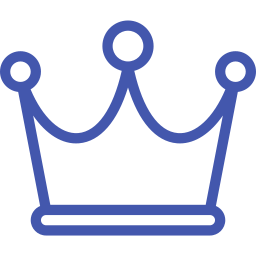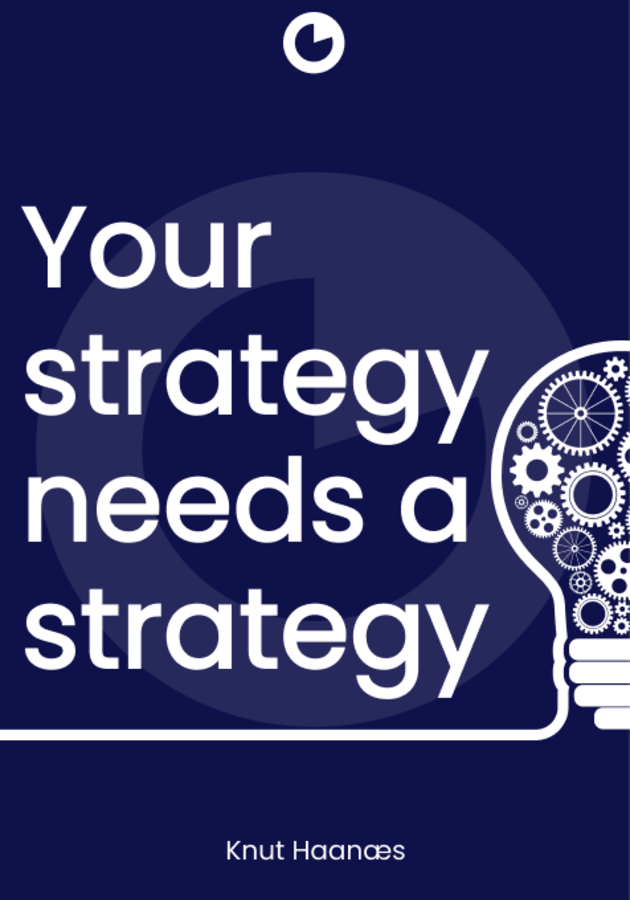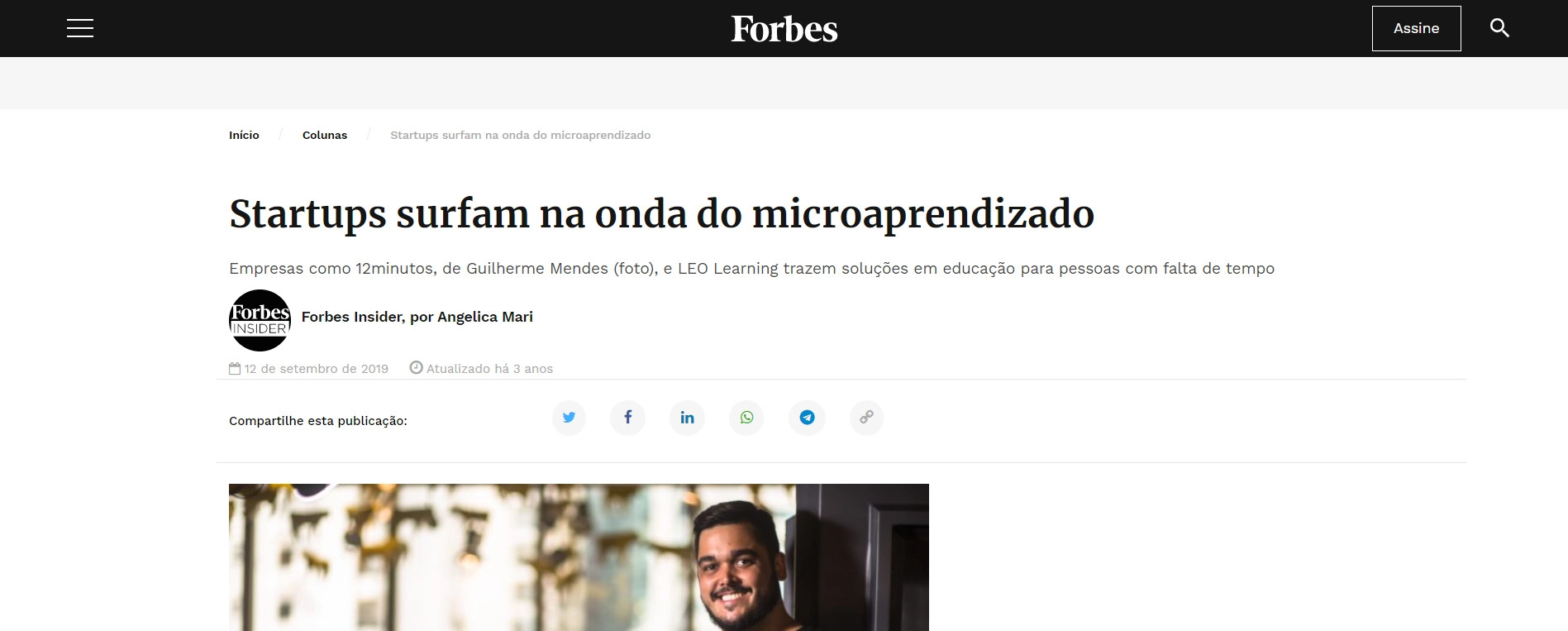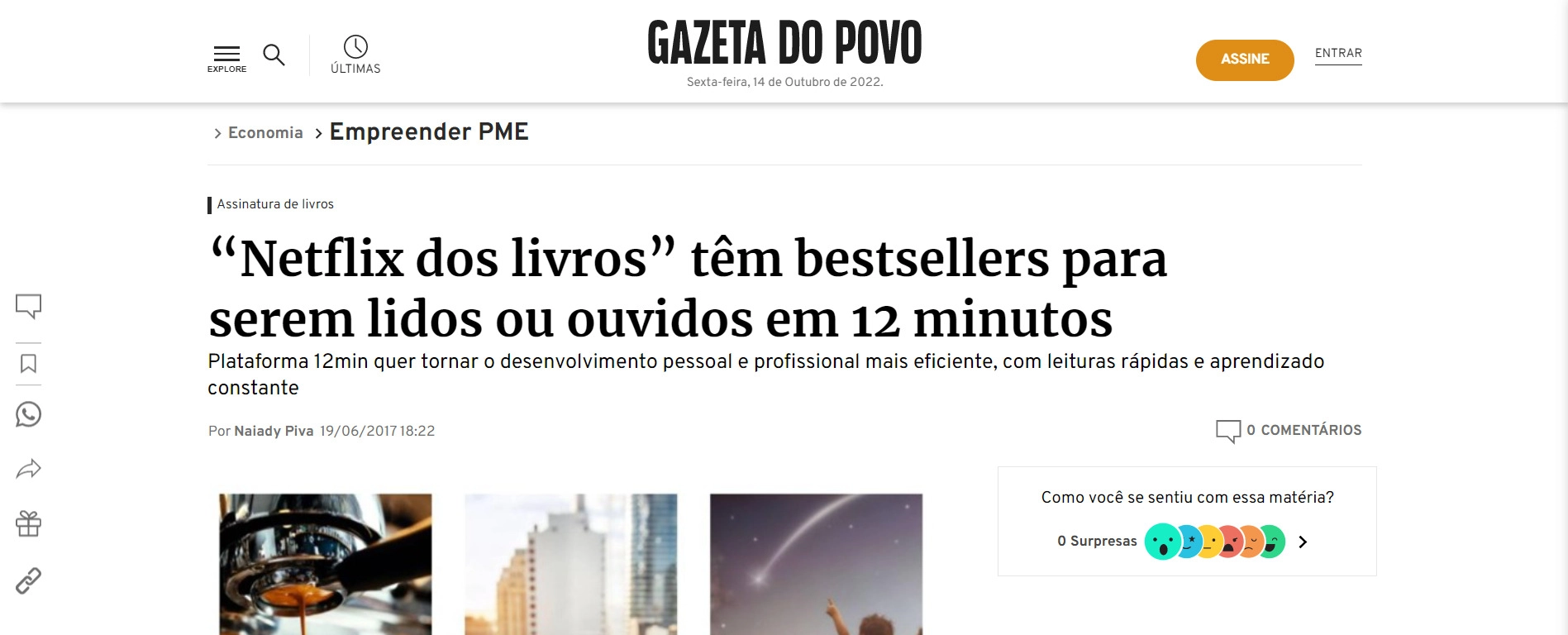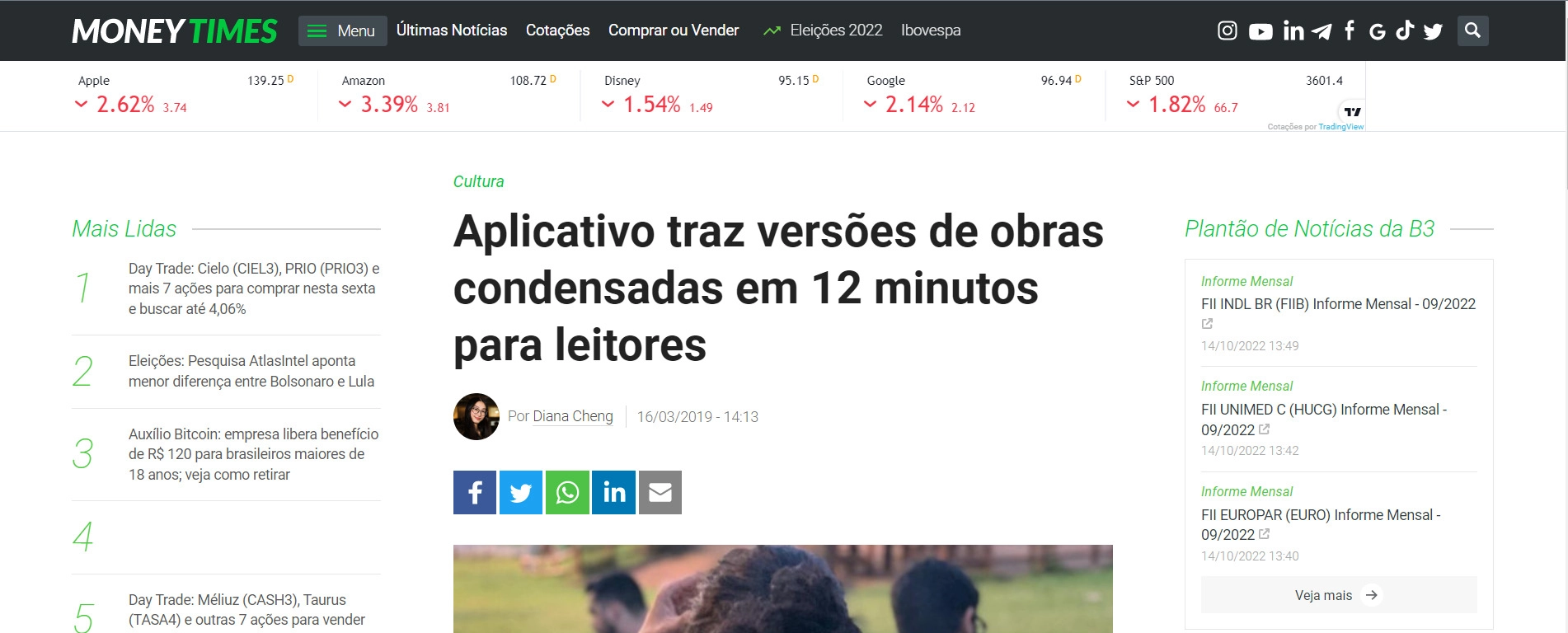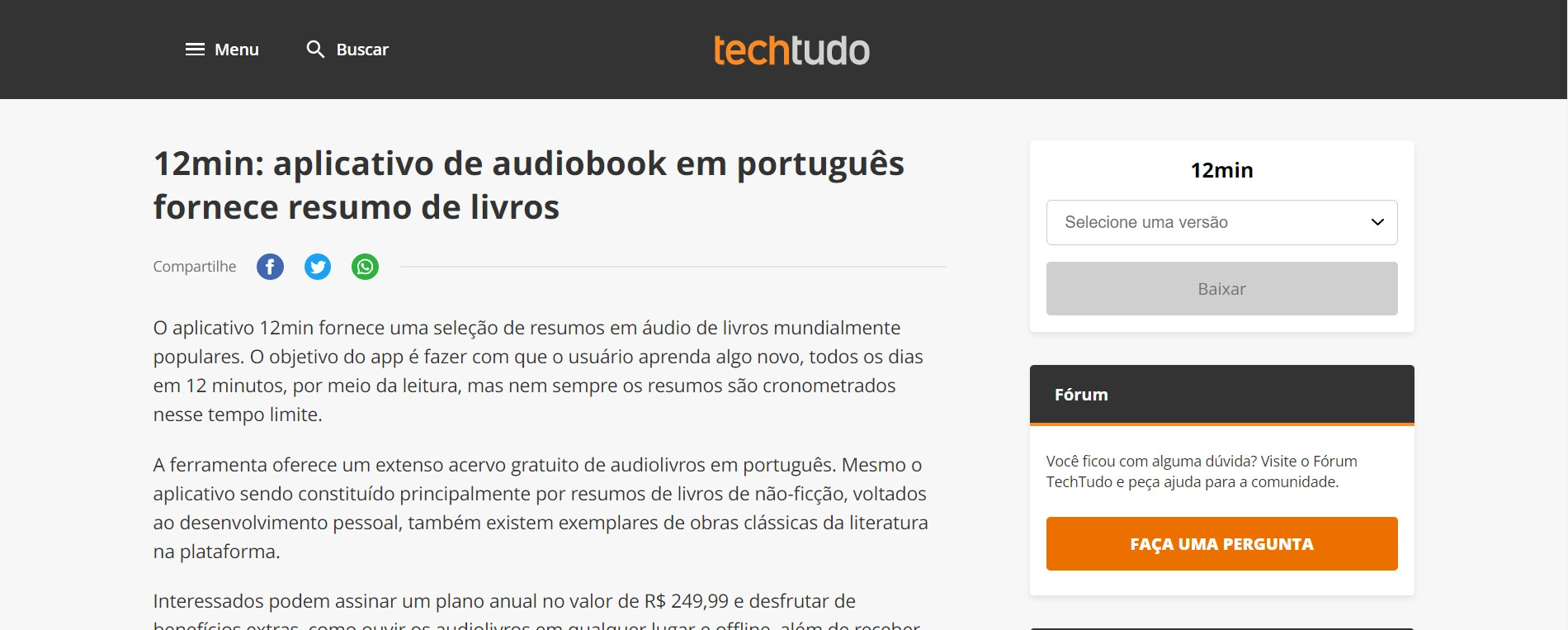Kagan doesn’t just talk about business concepts — he lives them. He shares personal anecdotes, past failures, and hard-won successes, offering readers an authentic look at the mindset and methods needed to build something from scratch. One of the key takeaways from this book is the importance of execution over perfection. Kagan emphasizes taking action over excessive planning, teaching readers how to validate ideas and earn their first dollar within 48 hours.
He highlights the power of asking — whether in sales, negotiations, or networking — and provides strategies to overcome fear of rejection. Kagan stresses customer-centric thinking, focusing on solving real problems rather than making assumptions. The book includes real-life case studies and exercises to ensure readers apply what they learn. Beyond strategy, it also covers essential mindset shifts, reinforcing the importance of resilience, confidence, and persistence in entrepreneurship.
The “NOW, Not How” mindset: stop overthinking and start doing
In the opening chapters, Noah Kagan and Tahl Raz break down the core idea that to be successful in business, you don’t need to wait for the perfect moment or have everything figured out — what matters most is starting. Kagan shares his personal journey, which wasn’t a smooth ride to success. He talks about how, despite being part of Facebook’s early team and having an amazing opportunity, he was fired.
At the time, this felt like the end of the world for him — he had been rejected by major companies like Microsoft and Google before, and getting kicked out of Facebook made him feel like a failure. But rather than letting this define him, Kagan turned this tough experience into motivation to try again, only this time, he was determined to do things his own way. He learned that his past failures weren’t signs that he wasn’t good enough — they were lessons, and he realized that failing was part of the process of learning and growing as an entrepreneur.
Kagan sends a message to the readers to start before they’re ready. Too often, people get caught up in overthinking the “how” of starting a business. They wait to feel fully prepared or to have all the knowledge they think they need. Kagan’s advice is simple: don’t get stuck in planning and perfectionism — just start. He calls this the “NOW, Not How” mindset, where the focus is on taking action in the present rather than getting overwhelmed by what might come later.
Another important concept Kagan introduces is the idea of a “Freedom Number.” This is the amount of money you need to earn each month to live your life the way you want, without needing to depend on a traditional job. The chapter also introduces the “Dollar Challenge,” which is a fun but powerful exercise. The idea is to ask someone for just one dollar to invest in your business idea, showing that you’re serious about starting and opening the door for others to support your journey.
The power of rejection: turning “no” into success
The author recounts their father’s approach to rejection, encouraging a mindset that views rejection not as a personal failure but as a necessary and valuable part of the entrepreneurial journey. Kagan recalls how his father, despite having no formal sales training or mastery of English, achieved success through persistence and fearlessness towards rejection, often aiming for 100 rejections a week.
This unconventional approach reframed rejection as a stepping stone toward success rather than something to fear. The key message is that every "no" brings you closer to a "yes" and that the act of asking itself is where the power lies. Through personal anecdotes and examples, Kagan emphasizes that the most successful entrepreneurs are those who ask repeatedly and persistently, despite facing rejection. For instance, the success story of Kyle MacDonald, who turned a single red paperclip into a house through a series of tasks, demonstrates the limitless potential of asking.
Moreover, the author discusses how entrepreneurs often shy away from asking because of the fear of judgment or failure, but through embracing rejection, one can build the "ask muscle" necessary for success. Kagan shares personal experiences, such as cold-emailing designers or relentlessly following up with people, to show that even successful entrepreneurs face rejection daily but push through it with resilience. They argue that "asking" is not only about obtaining material gains but is an essential life skill that opens doors to new opportunities, strengthens relationships and paves the way for business growth.
In the "Million Dollar Weekend" process, the author lays out a structured approach for anyone to build their business by embracing risk and rejection. Kagan introduces practical challenges, such as the Coffee Challenge, where individuals are encouraged to ask for a discount on their coffee, to push the limits of their comfort zone, and to train their “ask” muscles. This challenge helps individuals confront their fears of rejection in a manageable, low-stakes environment, which, according to Kagan, builds the confidence needed for bigger asks later.
The ultimate goal is to make the act of asking second nature and use it as a tool to unlock business opportunities. The author urges readers to set "rejection goals" as a way to normalize rejection and treat it as part of the process rather than an obstacle. The lesson is that the true power of entrepreneurship lies not in avoiding rejection but in actively seeking it out, knowing that the upside of taking risks and asking is vast and unlimited.
The secret to finding a profitable business idea
Kagan walks readers through the process of turning a business idea into a real, profitable venture, with a focus on how to quickly test whether an idea has the potential to make a lot of money. He emphasizes that the key to success lies in finding the right market — what he calls a “big wave.” This means identifying a market where demand already exists rather than trying to create demand for a new, untested product.
Kagan explains a simple, three-step process to figure out if your business idea is worth pursuing. The first step is finding out if the market is big and growing. He suggests using tools like Google Trends and Facebook Ads to quickly check if there’s a large group of people interested in your product or service. For example, if you’re thinking of selling beard oil, you’d look at Google Trends to see if interest in "beards" and "beard grooming" is growing and use Facebook Ads to estimate how many potential customers you have.
The second step is creating a simple business model, which Kagan calls the “One-Minute Business Model.” This involves figuring out how much money you can make from your product by looking at its price, cost to produce, and profit. The third step is adjusting your business, if things aren’t going as planned. Kagan stresses that almost every successful business had to change its course at some point.
He also introduces the concept of "Revenue Dials," which are different ways to increase the amount of money your business can make. These include increasing the average order value, finding ways to make customers buy more often, adjusting the price of your product, targeting wealthier customers, adding new products to your line, or offering add-on services. By tweaking these dials, you can improve your business model and make it more profitable.
The overall message Kagan shares is that when starting a business, you shouldn’t worry too much about making everything perfect from the start. Instead, focus on quickly testing whether there’s a real demand for your product. If there is, and you can make it profitable, then you have a good chance of building a successful business. If not, you can move on to the next idea and keep refining until you find the right one. Kagan’s approach is about staying simple, acting fast, and making sure you focus on opportunities that have the highest potential for growth.
How to get 3 paying customers in 48 hours
The author shares his experience of testing the viability of new business concepts by securing real customers who are willing to pay for a product or service, even before it's fully developed. For example, when launching Sumo Jerky, Kagan didn't wait for the product to be perfect or for a fancy website to be built. Instead, he directly reached out to potential customers and asked them to pay upfront for the jerky.
The key takeaway here is that to validate a business, you must secure at least three paying customers within 48 hours. If you can do that, it confirms there is interest and that people are willing to spend money on your product or service. Kagan calls this the "Golden Rule of Validation," and it involves quickly testing ideas without significant upfront investment.
The chapters go on to describe how to validate ideas using methods like direct preselling, marketplaces, and landing pages. Direct preselling involves contacting potential customers directly, describing what you're selling, and asking them to pay. For example, Kagan suggests starting by reaching out to people within your network (the "Dream Ten" list), including friends, family, or colleagues who might be interested. By doing this, you can quickly gauge whether people are excited enough about your idea to pay for it right away.
Additionally, Kagan advises using online marketplaces like Craigslist or Facebook Marketplace to test ideas without creating a website. For example, you can post an ad for a product you haven’t even made yet and see if people are willing to buy it. This simple, low-cost approach allows you to test various ideas and learn from real customer responses.
Importantly, Kagan highlights that validation isn’t just about gathering interest; it’s about getting people to pay. He advises entrepreneurs to ask for money upfront because the promise of payment isn't enough to prove that a product will be successful. Once an idea is validated, the focus shifts to growth, which Kagan talks about in later chapters. He stresses the importance of building a community of loyal followers through social media, email lists, and creating engaging content.
Kagan argues that having a small but dedicated group of fans is far more valuable than trying to build a massive, disinterested following. He suggests entrepreneurs should focus on delivering value to their audience and document their journey, much like how YouTubers or bloggers share their behind-the-scenes process. This creates a sense of connection and trust, which ultimately leads to more sales and business growth.
Why your email list is your business’s most valuable asset
The author explains how a simple, humorous email led to a major increase in sales, showing that the tone and personality in your emails can have a huge impact. He emphasizes that people don’t just want to be sold to — they want to connect with a real person. He stresses that having an email list is one of the most valuable assets for a business. Unlike social media, where you’re at the mercy of algorithms and changing trends, email lets you control your communication and reach out to customers directly.
He explains that a smaller, engaged email list is far more valuable than a large number of followers on social media. With email, you can communicate regularly with people who are genuinely interested in what you have to offer, which can lead to more sales and deeper relationships with your audience. He even points out that nearly half of AppSumo's revenue comes directly from email, proving how important it is to nurture and grow an email list.
To help you build your own email list, Kagan outlines a simple four-step process. First, you need to offer something valuable for free — like a useful guide, checklist, or resource — to encourage people to sign up for your email list. Next, you should create a landing page, which is a simple webpage that explains what you’re offering and lets people easily sign up. After that, set up an automated email system so that new subscribers automatically receive emails from you. Finally, it’s important to send consistent, high-quality content to keep your subscribers engaged and interested.
Kagan also talks about how to get your first subscribers. He suggests starting with the people who already know and care about you — your “Dream Ten” — such as friends and family. From there, you can expand by promoting your landing page on social media, in your email signature, or even by reaching out to potential customers directly. Once you have a small but engaged email list, you can begin experimenting with different ways to grow it. For example, you could create lead magnets — free resources or tools that people get in exchange for their email addresses.
One key idea Kagan repeats is that your email list should be made up of people who genuinely care about what you’re offering. It's not just about having a large list — it's about having a list of people who are interested in your business and eager to hear from you. He warns against buying email lists or trying to grow your list with random people who aren’t likely to engage with your content. Instead, focus on building a list of people who trust you and are excited to hear from you.
Final notes
Unlike many business books that end up collecting dust on a shelf, “Million Dollar Weekend” is designed to be read and implemented immediately. The principles within the book encourage readers to take decisive action, push through discomfort, and start making money right away. Readers have reported that even within the first few chapters, they were inspired to test their ideas and take meaningful steps toward their goals.
Kagan also showcases the power of storytelling, using his own journey and that of others to illustrate key points. He brings in real-world examples, such as a man who, under his guidance, built a golfing business and generated $1,000 within a weekend. These relatable success stories make the book both engaging and inspiring.
12min tip
Negotiations can be intimidating, leaving you unsure of how to take control and get the outcome you want. “Never Split the Difference,” by former FBI hostage negotiator, Chris Voss, equips you with battle-tested techniques to build trust, read between the lines, and persuade with confidence. Whether you’re closing a deal, asking for a raise, or resolving a conflict, this book gives you the tools to win while strengthening relationships.


